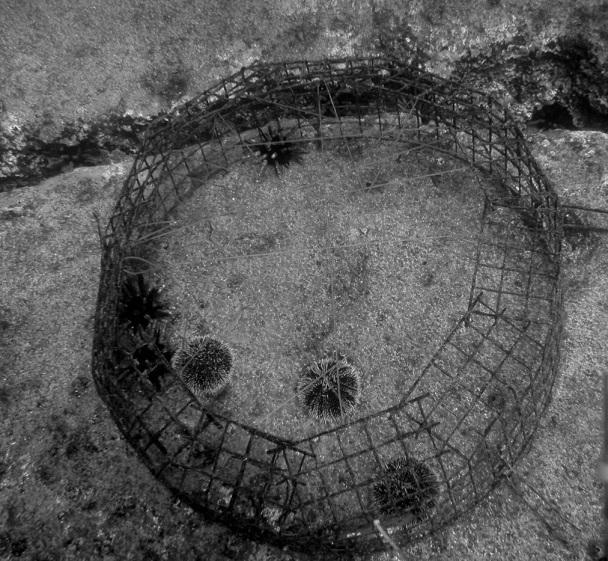Margarita Brandt
The overall goal of my project is to understand how and why species matter in the Galápagos Marine Reserve, by determining the degree at which marine species perform similar functions.

The rates of current extinctions caused either by environmental phenomena or by human activities, are alarming. A consequence of species extinctions is the potential loss of ecosystem services, such as the production of goods (i.e. fisheries resources), regeneration and stabilization processes (i.e. productivity), and life-fulfilling functions (i.e. scenic views).
In response to this, ecological research over the past decade has focused on the relationship between biodiversity and ecosystem functioning (BEF), with the overall goal of understanding how and why species matter. BEF relationships in marine ecosystems are particularly relevant where the removal of large predatory fish, sea urchins, and other key consumers, has provoked dramatic shifts in community structure. The Galápagos Marine Reserve (GMR) is one if the biggest marine reserves in the world. Sharks, turtles, rays, large predatory fish and sea birds are unusually common there due to the unique ecological and evolutionary setting as well as protection from industrial fishing as a UNESCO World Heritage Site. However, approximately 80% of the GMR is zoned for limited extraction by artisanal fishing, and with a near exponential increase in the human population in the Galápagos, there is mounting economic pressure to harvest more species than currently allowed. Consequently, there is a clear and present need to understand how the biodiversity contributes to the functioning of the Galápagos marine ecosystems, so that deleterious impacts of harvesting species that are critical to the production of ecosystem services can be avoided.
I will use two different approaches to determine the functional roles of biodiversity in the GMR. First, I will manipulate sea urchin species in experimental cages in order to understand their effects on important ecosystem processes (i.e. primary productivity). Studying the effects of sea urchin predation is significant, because sea urchin have the potential to influence the distribution, relative abundance and species composition of algae and other sessile invertebrates, thereby determining the biomass, diversity and productivity of marine communities. Second, I will apply existing Reserve-wide data to investigate the degree at which species are unique (not redundant), by the functional categorization of all species of invertebrates and fishes living in the GMR.